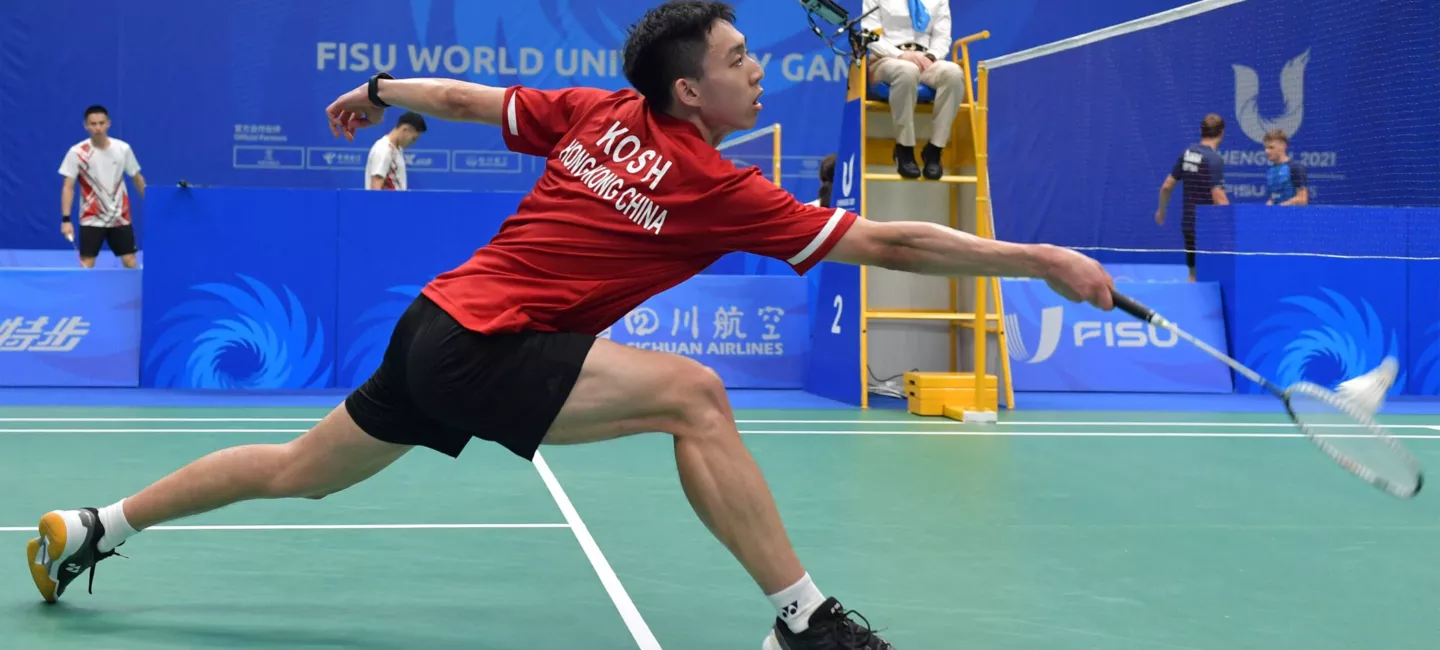Badminton

Badminton is not just a backyard game but a sport that combines agility, strategy, and skill into a fast-paced and exhilarating experience. From its origins to its modern-day popularity, badminton has evolved into a beloved sport played by millions around the world. Let's explore what makes badminton unique and why it continues to captivate players and fans alike.
Origins and Evolution
Badminton traces its origins to ancient civilizations like Greece, China, and India, where games involving shuttlecocks and rackets were played for centuries. The modern version of badminton took shape in the mid-19th century in British India, where it was initially called "Poona" after the city where British military officers stationed there first played it.
The sport gained popularity in England and was standardized with rules in the late 19th century. It soon spread globally, becoming an Olympic sport in 1992 and gaining a dedicated following across continents.
Gameplay and Equipment
Badminton is typically played indoors on a rectangular court divided by a net. The game can be played in singles (one player per side) or doubles (two players per side). The primary equipment includes lightweight rackets usually made of carbon fiber or aluminum and shuttlecocks (also called birdies), which are made with feathers or synthetic materials.
The objective of the game is to score points by hitting the shuttlecock over the net so that it lands in the opponent's court. Players must use a combination of speed, accuracy, and strategy to outmaneuver their opponents.
Skills and Techniques
Successful badminton players possess a range of skills:
-
Footwork: Agility and quick movement across the court are essential to reach the shuttlecock and maintain a strong position.
-
Racket Skills: Precise control over racket movements allows players to execute shots like smashes, clears, drops, and net shots, each serving different strategic purposes.
-
Tactical Awareness: Understanding opponents' weaknesses and exploiting openings on the court through clever shot selection and placement.
Competitive and Recreational Appeal
Badminton appeals to both competitive athletes and recreational players for several reasons:
-
Physical Fitness: The sport requires cardiovascular endurance, strength, and flexibility, making it a great workout.
-
Accessibility: It can be played at various skill levels and in different settings, from casual games in parks to professional tournaments.
-
Social Interaction: Badminton fosters social connections and teamwork, whether playing doubles with friends or joining a local club.
Global Impact and Tournaments
Badminton enjoys widespread popularity worldwide, particularly in Asia and Europe. Major tournaments include the All England Open Badminton Championships (one of the oldest and most prestigious), the BWF World Championships, and the biennial Thomas Cup and Uber Cup for men's and women's national teams, respectively.
Conclusion
Badminton's blend of athleticism, strategy, and accessibility has made it a beloved sport across cultures and generations. Whether played competitively or for leisure, its dynamic nature and emphasis on skill continue to attract enthusiasts globally. As the sport evolves with advancements in equipment and training techniques, its future looks promising, with new generations of players continually pushing the boundaries of what is possible on the badminton court.
- Arts
- Business
- Computers
- Spiele
- Health
- Startseite
- Kids and Teens
- Geld
- News
- Recreation
- Reference
- Regional
- Science
- Shopping
- Society
- Sports
- Бизнес
- Деньги
- Дом
- Досуг
- Здоровье
- Игры
- Искусство
- Источники информации
- Компьютеры
- Наука
- Новости и СМИ
- Общество
- Покупки
- Спорт
- Страны и регионы
- World


